Compact living house offer an efficient and sustainable solution for homeowners seeking a simpler lifestyle. This type of living houses are very affordable and easy to acquire one.
What is a Compact Living House? This is a housing concept that prioritizes efficient use of space, often featuring innovative design solutions to maximize functionality within smaller square footage
Contents
With their clever use of space, these homes provide a cost-effective option for downsizing or residing in urban areas.
By embracing minimalist living principles, residents can reduce clutter and enhance functionality within their compact living environment.
Moreover, compact living houses also present an opportunity to foster a sense of community among like-minded individuals who appreciate the benefits of this lifestyle.

Compact living house
In today’s modern world, the concept of compact living houses has gained immense popularity.
These innovative housing solutions are designed to maximize limited space while offering a comfortable and functional living environment.
With a smaller footprint, they are ideal for individuals or families seeking an eco-friendly lifestyle.
One of the key advantages of a compact living house is its customizable options.
Whether you prefer a loft-style design or partitioned rooms, these houses can be tailored to suit your individual needs and preferences.
The flexibility in design allows you to create a space that reflects your unique style and personality.
Compact living houses also make use of smart technology and efficient design principles to optimize comfort.
From energy-efficient appliances to automated systems that control lighting and temperature.
These homes are equipped with features that enhance convenience and reduce environmental impact.
Compact living houses offer clever solutions to maximize space utilization.
Built-in cabinets, hidden compartments, and creative shelving units help keep belongings organized without cluttering the living area.
Despite their smaller size, compact living houses do not compromise on functionality.
They often feature multi-purpose furniture that serves multiple functions such as beds with built-in storage or convertible tables that can be used for dining or work purposes.
Living in a compact house also encourages outdoor activities.
Many designs include outdoor spaces like rooftop gardens or small yards where residents can relax or entertain guests around a fire pit.
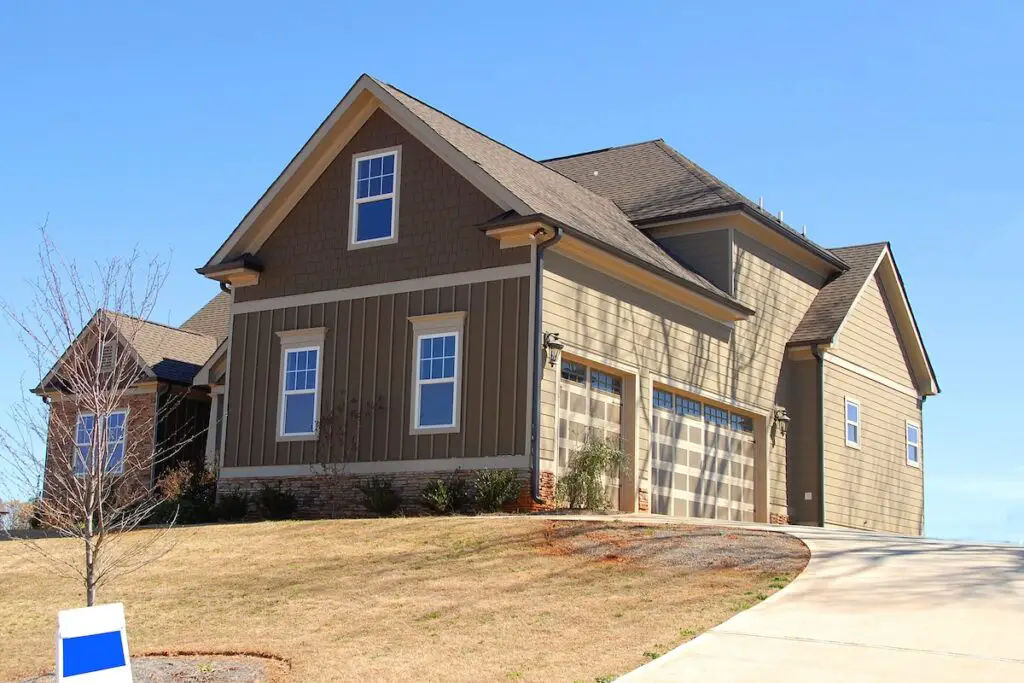
Types of Compact Living Houses
Tiny houses are portable dwellings on wheels, making them perfect for those who lead nomadic lifestyles or need temporary accommodation.
These small homes are designed to maximize space efficiency without sacrificing comfort.
They often feature clever storage solutions and multi-functional furniture to make the most of every square inch.
Micro-apartments
Micro-apartments are small studio apartments that prioritize functionality in a limited space.
These compact living spaces typically include a combined living area, bedroom, and kitchenette.
To optimize storage, designers incorporate innovative solutions like built-in shelves, hidden compartments, and foldable furniture.
While micro-apartments may lack square footage, they offer an affordable option for individuals seeking urban living with all the necessary amenities.
ADUs (Accessory Dwelling Units)
ADUs, or Accessory Dwelling Units, are secondary units either detached from or attached to existing properties.
They provide additional living space while maintaining privacy from the main house. ADUs can be used as rental properties, guesthouses, or even home offices.
These compact living options allow homeowners to maximize their property’s potential and generate extra income.
Co-housing communities
Co-housing communities offer shared living spaces that promote social interaction and resource sharing among residents.
In these communities, individuals or families have private living quarters while sharing common areas such as kitchens, dining rooms, and recreational spaces.
Co-housing fosters a sense of community and allows for cost-sharing on maintenance expenses or communal meals.
Compact living houses come in various forms to suit different needs and preferences.
Whether it’s a tiny house on wheels for an adventurous lifestyle or a micro-apartment in the heart of the city for convenience.
These compact homes prove that size doesn’t always determine comfort or functionality.

Maximizing Space: Design Ideas for Small Homes and Tiny Houses
Loft beds or mezzanine levels can be a game-changer.
These elevated platforms create additional sleeping areas without sacrificing valuable floor space.
By utilizing the vertical space, you can free up more room for other activities in your small home or tiny house.
Multi-functional Furniture
To make the most of limited space, consider investing in multi-functional furniture pieces.
Sofa beds are a great example as they serve as comfortable seating during the day and transform into cozy beds at night.
Foldable tables are another smart choice that can be tucked away when not in use.
Furniture with hidden storage compartments provides extra space to keep your belongings organized and out of sight.
Open Floor Plans
Open floor plans are a popular design choice for small homes and tiny houses.
By removing unnecessary walls, you create a sense of spaciousness and allow natural light to flow freely throughout the space.
This not only makes the area feel larger but also enhances the overall aesthetic appeal.
Utilizing Vertical Space
When working with limited square footage, it’s essential to think vertically.
Shelving units can maximize storage capacity by utilizing wall space for books, decor items, or kitchen essentials.
Hanging plants add a touch of greenery while freeing up precious floor real estate.
Wall-mounted storage solutions such as hooks or racks offer convenient options for hanging coats, hats, or bags.
By incorporating these design ideas into your compact living house, you can optimize every inch of available space while maintaining functionality and style.

Embracing Simplicity and Style: Bold A-Frame Designs
The compact living house trend has taken the architectural world by storm, with one standout design being the iconic A-frame structure.
This triangular-shaped house not only offers a unique and visually appealing aesthetic but also maximizes interior space efficiently.
Iconic Triangular Structure: Architectural Appeal and Space Optimization
The A-frame design is instantly recognizable for its distinctive shape resembling the letter “A”.
This bold architectural choice not only adds character to a home but also creates an illusion of spaciousness.
The sloping walls allow for higher ceilings, making the interior feel more open and airy.
Aesthetic Versatility: Customizable Exterior Finishes
One of the key advantages of A-frame houses is their aesthetic versatility.
Homeowners can choose from various exterior finishes such as wood, metal, or glass panels to suit their personal style preferences.
Whether you prefer a rustic cabin look or a modern minimalist vibe, there’s an option for everyone.
Sloping Roof Design: Practical Benefits Beyond Looks
Aside from its visual appeal, the sloping roof design of an A-frame house serves practical purposes as well.
The angled roof allows for efficient rainwater collection systems that can be used for gardening or other household needs.
The slanted surface provides an ideal location for solar panel installation, harnessing renewable energy and reducing electricity costs.
Interior Layouts: Flexibility to Suit Different Needs
Another advantage of A-frame houses is their flexibility. With customizable floor plans, homeowners have the freedom to configure rooms according to their specific needs.
Whether you desire an open-concept living area or separate bedrooms on different levels, the possibilities are endless.
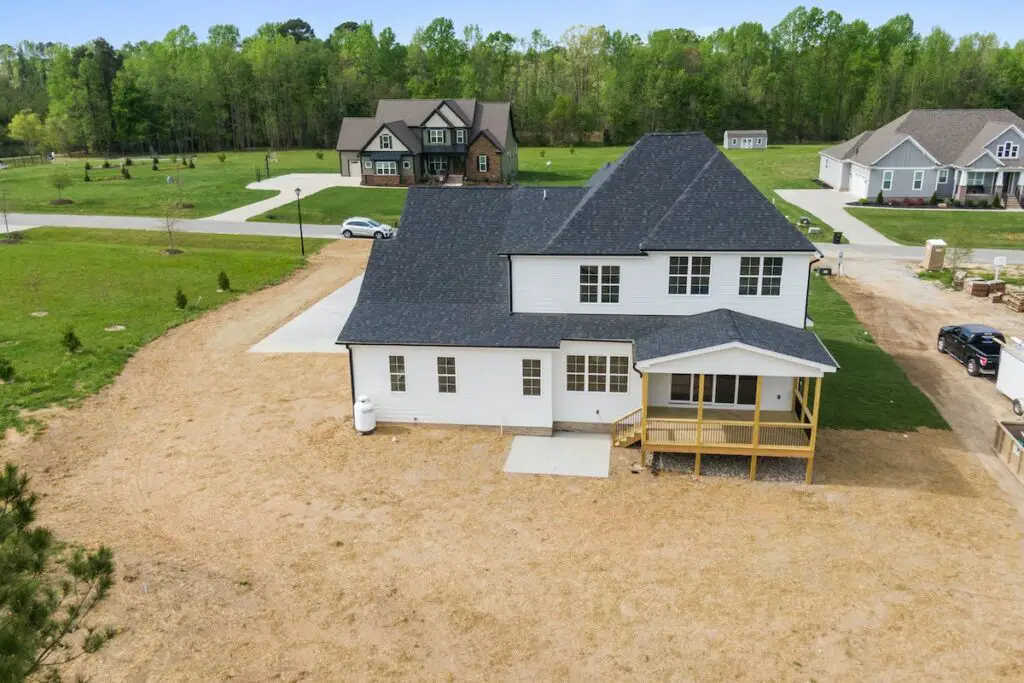
Transforming Quaint Cabins into Functional Havens: Practical Magic
Renovating traditional cabins into modern compact living spaces is a dream for many.
With the right design and creative thinking, these cabins can be transformed into functional havens that maximize every inch of space.
Here are some key considerations to keep in mind when embarking on this exciting journey:
Incorporating Energy-Efficient Features
Energy efficiency is crucial. Insulation plays a vital role in maintaining a comfortable temperature inside the cabin throughout the year.
By using materials like foam insulation or double-pane windows, you can minimize heat loss and reduce energy consumption.
Incorporating solar power can help make your cabin more sustainable and environmentally friendly.
Installing solar panels on the roof allows you to harness the power of the sun for electricity, reducing your reliance on traditional energy sources.
Utilizing Natural Materials and Rustic Aesthetics
To create a cozy atmosphere in your compact living space, consider using natural materials such as wood for flooring, walls, and ceilings.
Wood not only adds warmth but also brings a touch of rustic charm to your cabin.
You can enhance the rustic aesthetics by incorporating elements like exposed beams or reclaimed wood furniture pieces.
These details add character and make your space feel inviting and unique.
Clever Storage Solutions
Optimizing space is essential when designing a compact living house. Clever storage solutions can help you make the most out of every nook and cranny.
Consider built-in shelves, hidden compartments under stairs or beds, or multifunctional furniture with hidden storage compartments.
By utilizing vertical space effectively and maximizing storage options.
You can keep your cabin organized while still having enough room for all your belongings.
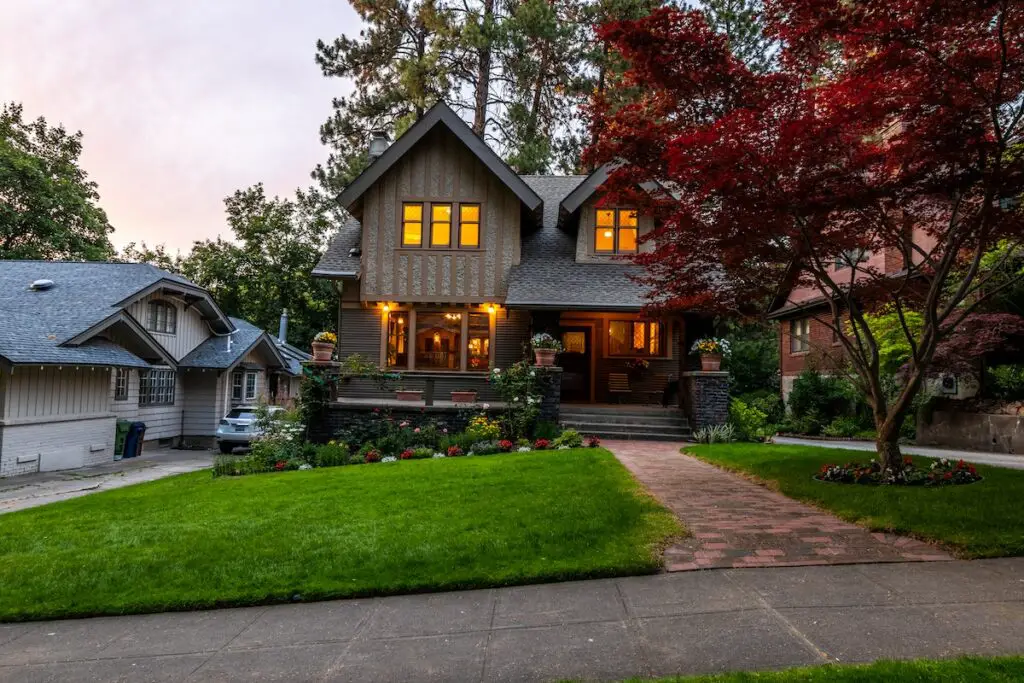
The Jewel of Compact Living: The Family Home
Designing a compact living house that caters to the needs of a growing family requires careful consideration.
These homes are designed with shared spaces and private retreats in mind, ensuring that every member of the family has their own space to relax and unwind.
Maximizing outdoor areas for play and relaxation
In compact living houses, outdoor areas play a crucial role in providing additional space for recreation and relaxation.
Backyards can be transformed into vibrant play areas for children or serene gardens for the whole family to enjoy.
Whether it’s playing catch, gardening, or simply lounging under the sun, these outdoor spaces enhance the overall living experience.
Flexible layouts that adapt over time
One of the key features of compact living houses is their ability to adapt as children grow and families evolve.
With flexible layouts, homeowners have the freedom to modify rooms according to their changing needs. For example.
A nursery can easily be transformed into a study or an extra bedroom as children get older.
Emphasizing quality time together
Compact living houses encourage quality time spent together in a close-knit environment.
With shared living spaces like kitchens and cozy family rooms with fireplaces, families can bond over cooking meals or enjoying movie nights by the warmth of the fire.
These moments create lasting memories and strengthen family ties.
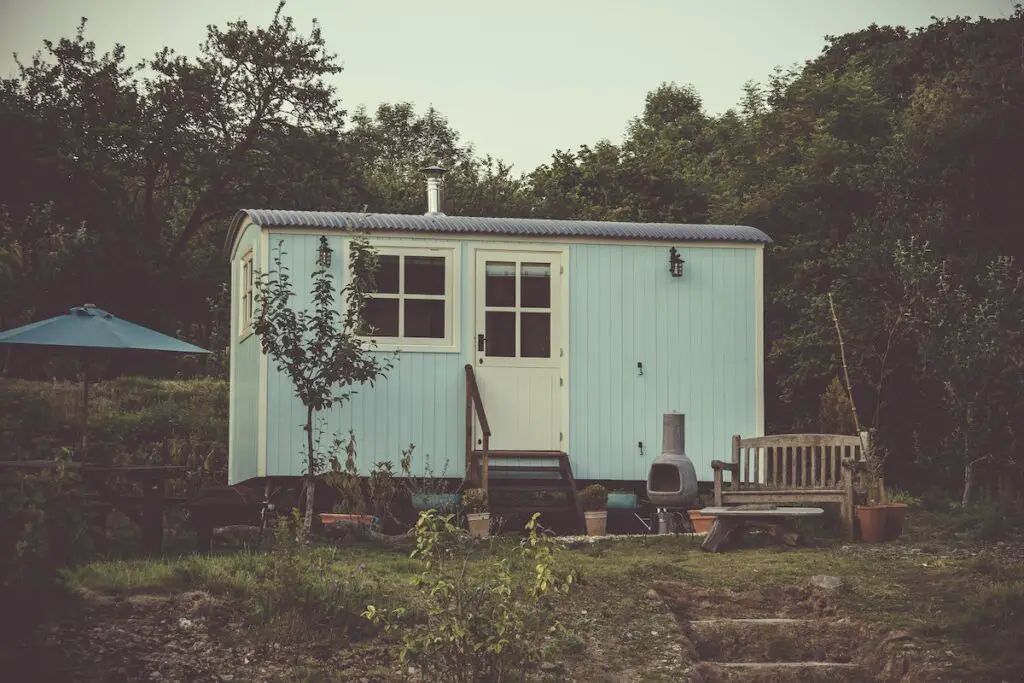
Embracing the Benefits of Compact Living
Living in a compact house offers numerous benefits, one of which is a reduced environmental impact.
By embracing compact living, individuals can contribute to a greener way of life.
How? Well, compact houses are designed to be energy-efficient and require fewer materials during construction.
This means lower energy consumption and reduced carbon footprint. It’s like hitting two birds with one stone – you get to live comfortably while also helping the planet!
Financial Freedom
Another perk of compact living is the financial freedom it brings.
With smaller mortgage payments, utility bills, and maintenance costs, individuals can save money and have more control over their finances.
Imagine having extra cash each month to spend on experiences rather than being tied down by hefty expenses!
Compact living allows you to prioritize what truly matters – creating memories and enjoying life.
Enhanced Sense of Community
Living in a compact house often comes with shared amenities or co-housing arrangements, fostering an enhanced sense of community.
You become part of a team that shares common spaces and resources, making it easier to connect with your neighbors and build meaningful relationships.
From communal gardens to shared recreational areas, these spaces encourage interaction and create a strong bond among residents.
Simplified Lifestyle
Compact living promotes mindfulness, minimalism, and intentional living.
With limited space available, individuals are encouraged to declutter their lives and focus on what truly matters.
It’s about prioritizing experiences over material possessions. By simplifying our lifestyles, we can reduce stress levels and find contentment in the little things.

Conclusion
In conclusion, compact living houses offer a myriad of benefits for those seeking simplicity, functionality, and style in their homes.
From maximizing space with clever design ideas to embracing the charm of A-frame structures and transforming quaint cabins into functional havens.
There are endless possibilities for creating a comfortable and efficient living environment.
Whether you’re a single individual looking for a cozy dwelling or a growing family in need of a practical home.
Compact living provides innovative solutions that cater to diverse needs.
Embracing the benefits of compact living not only allows individuals to declutter their lives but also encourages mindful consumption and sustainable practices.
By optimizing space utilization and adopting minimalist lifestyles, homeowners can reduce their ecological footprint while saving on energy costs.
Moreover, the versatility and adaptability of compact living houses make them suitable for urban environments where space is limited.
So why not explore the world of compact living today and discover how it can revolutionize your approach to modern housing?
FAQs
1. Are compact living houses suitable for families with children?
Compact living houses can indeed be an excellent option for families with children. With careful planning and creative design solutions such as bunk beds or multifunctional furniture, these homes can provide ample space for everyone’s needs while fostering closeness among family members.
2. Can I customize a compact living house according to my preferences?
Absolutely! One of the advantages of compact living is its flexibility. Whether you want to incorporate specific features or personalize the interior design, working closely with architects or designers will help you create a unique space that reflects your style and preferences.
3. How do compact living houses contribute to sustainability?
Compact living promotes sustainability through several ways: by utilizing smaller spaces efficiently, reducing energy consumption due to smaller square footage, encouraging minimalism and conscious consumption habits among residents, and often incorporating eco-friendly materials into the construction and design.
4. Are compact living houses affordable?
Compact living houses can be more affordable than traditional larger homes due to their smaller size, lower construction costs, and reduced energy consumption. However, prices may vary depending on location, design complexity, and additional features desired.
5. Can I live comfortably in a compact living house?
Yes! Compact living houses are designed to maximize space utilization while maintaining comfort. With smart storage solutions, multi-purpose furniture, and thoughtful layouts, these homes can offer a cozy and functional living experience without compromising on comfort or style.

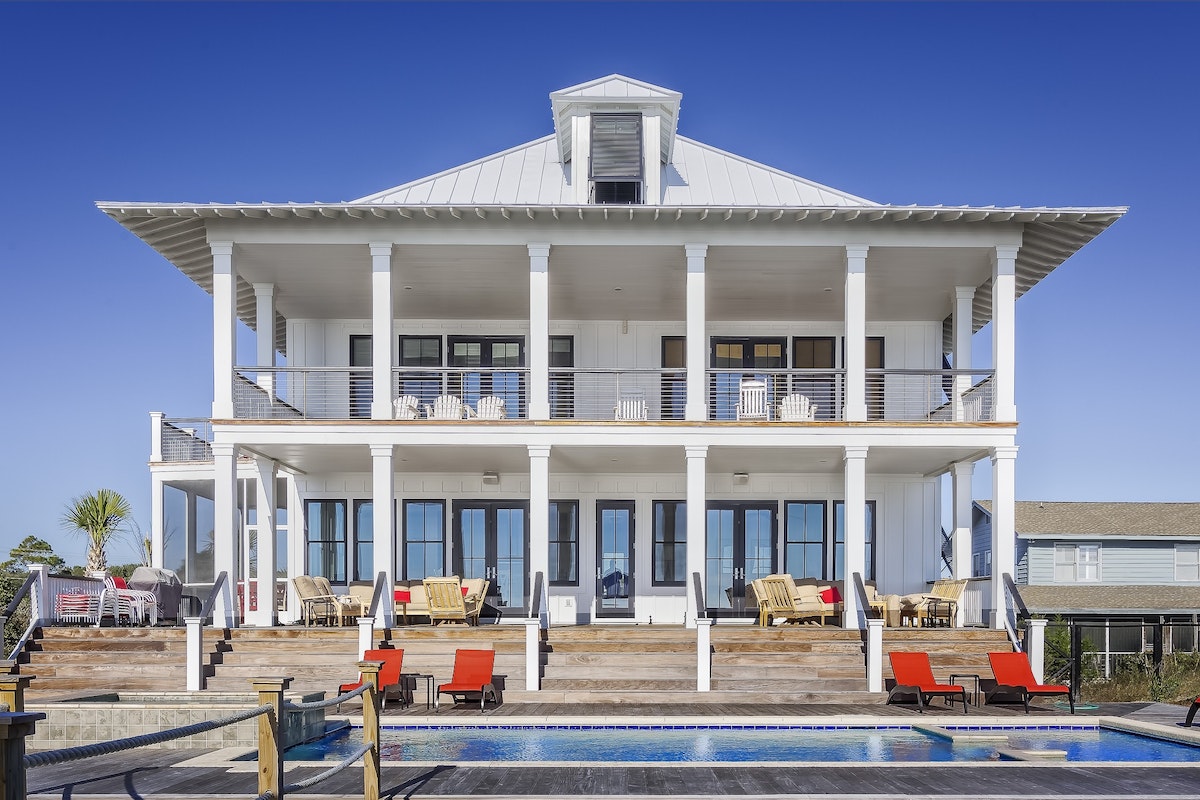
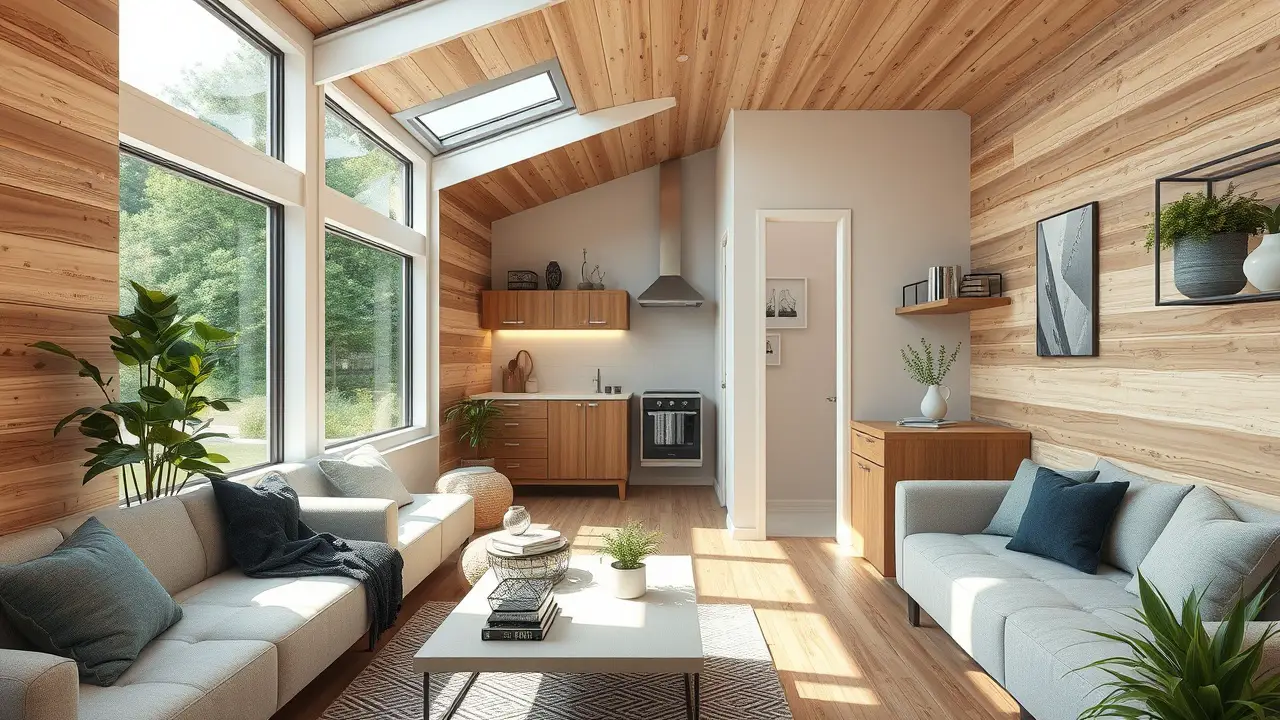
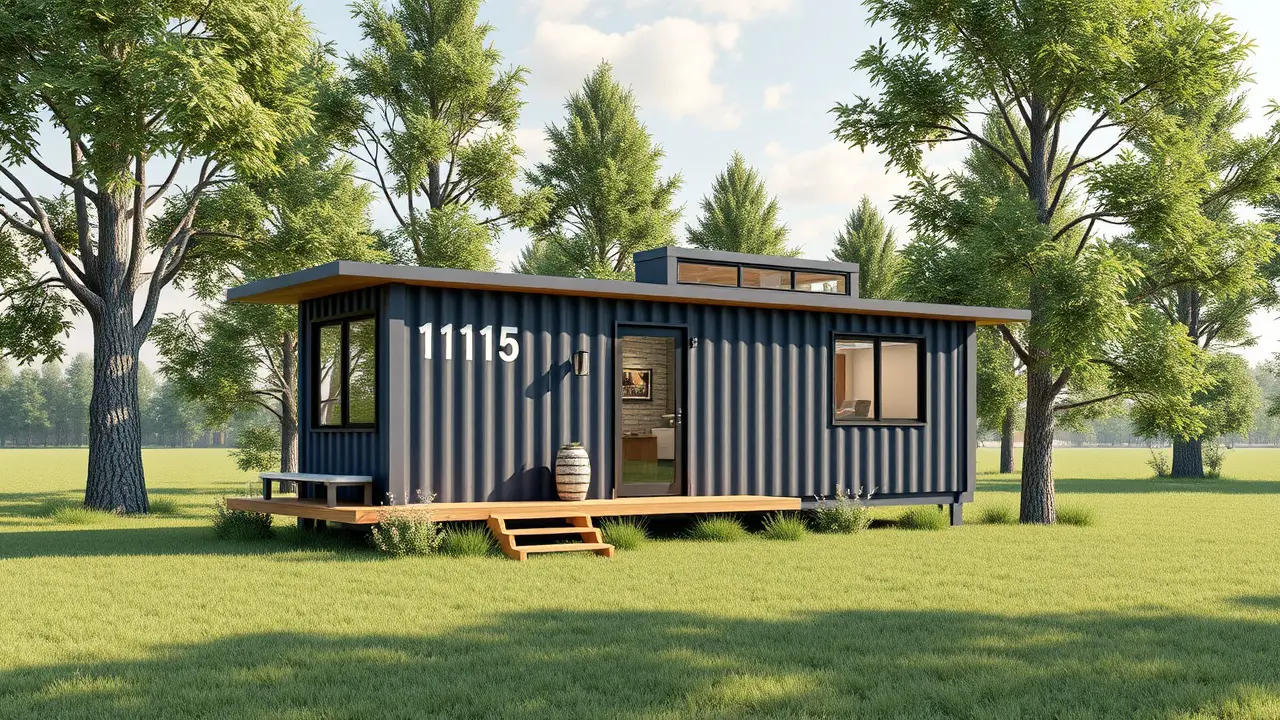
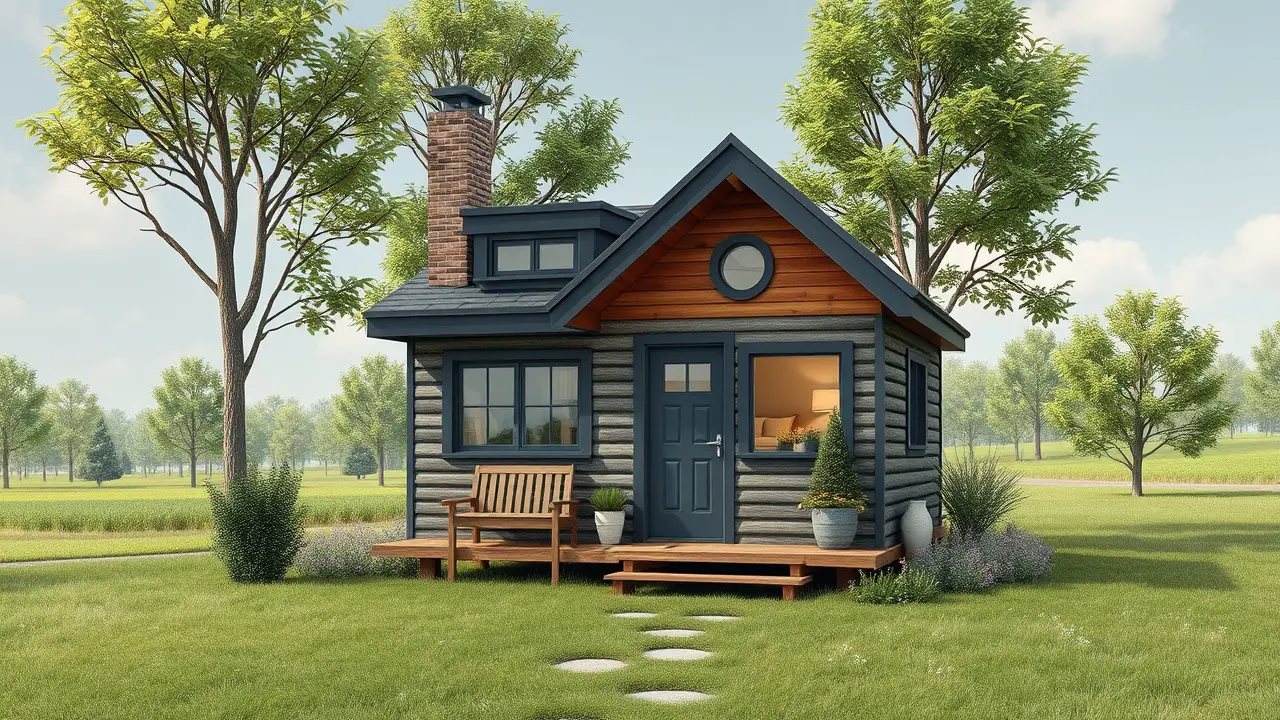
Leave a Reply